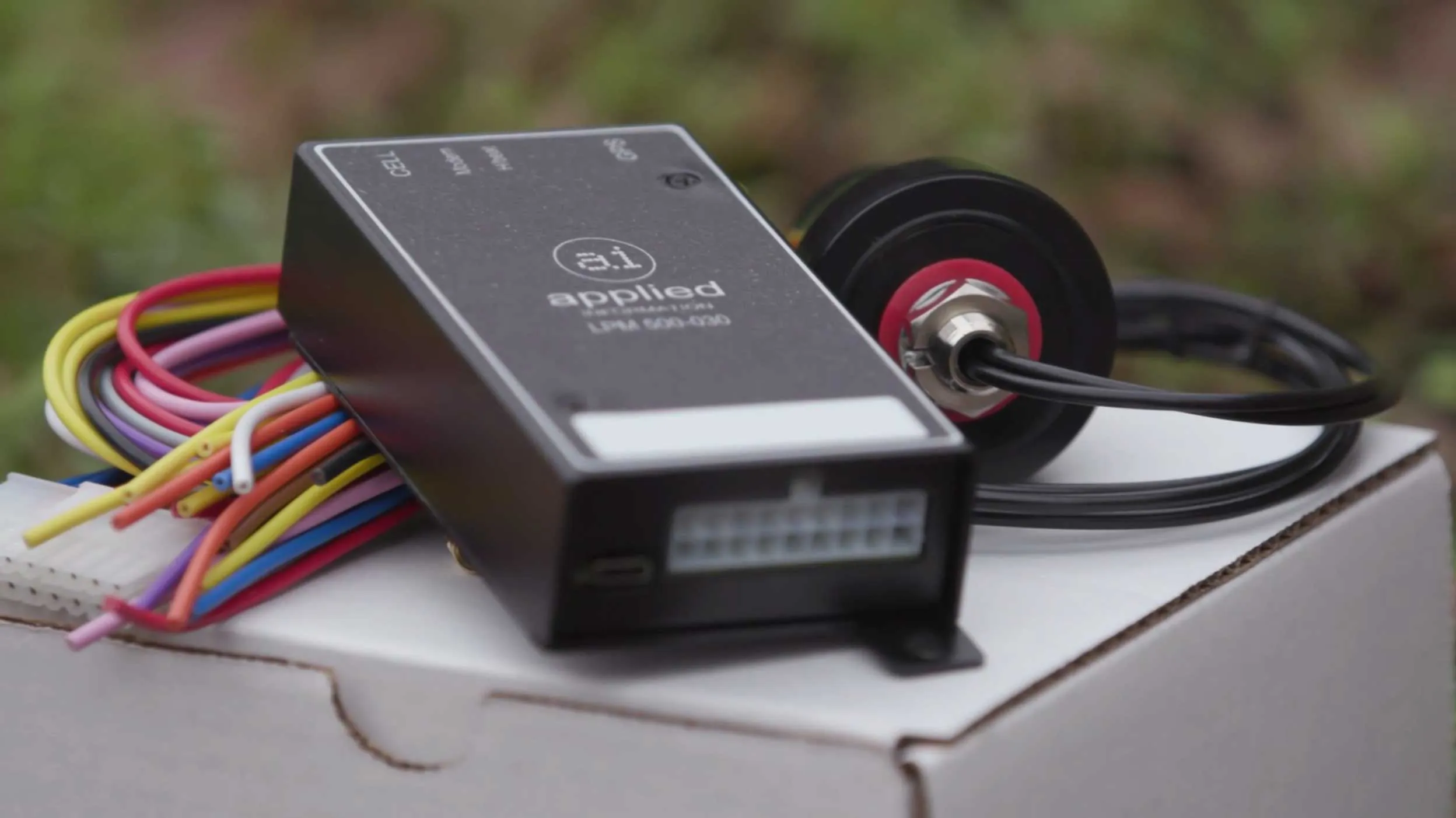McCain has unveiled its innovative railroad interface panel (RRIP), which it says boosts public safety and operational efficiencies at railroad crossings in adherence with the proposed regulations for the Federal Highway Administration (FHWA) standard. The device serves as a single termination panel for railroad field wires and isolators in any traffic controller cabinet. Data collected from six inputs enables traffic agencies to easily monitor railroad status, initiate track clearances and place the signal
December 19, 2014
Read time: 1 min

McCain’s RRIP reduces the time required to establish communications and allows technicians to visually confirm wiring accuracy with LED status indicators. In addition, having a single system citywide rather than custom wiring at each crossing makes maintenance faster and more efficient.








